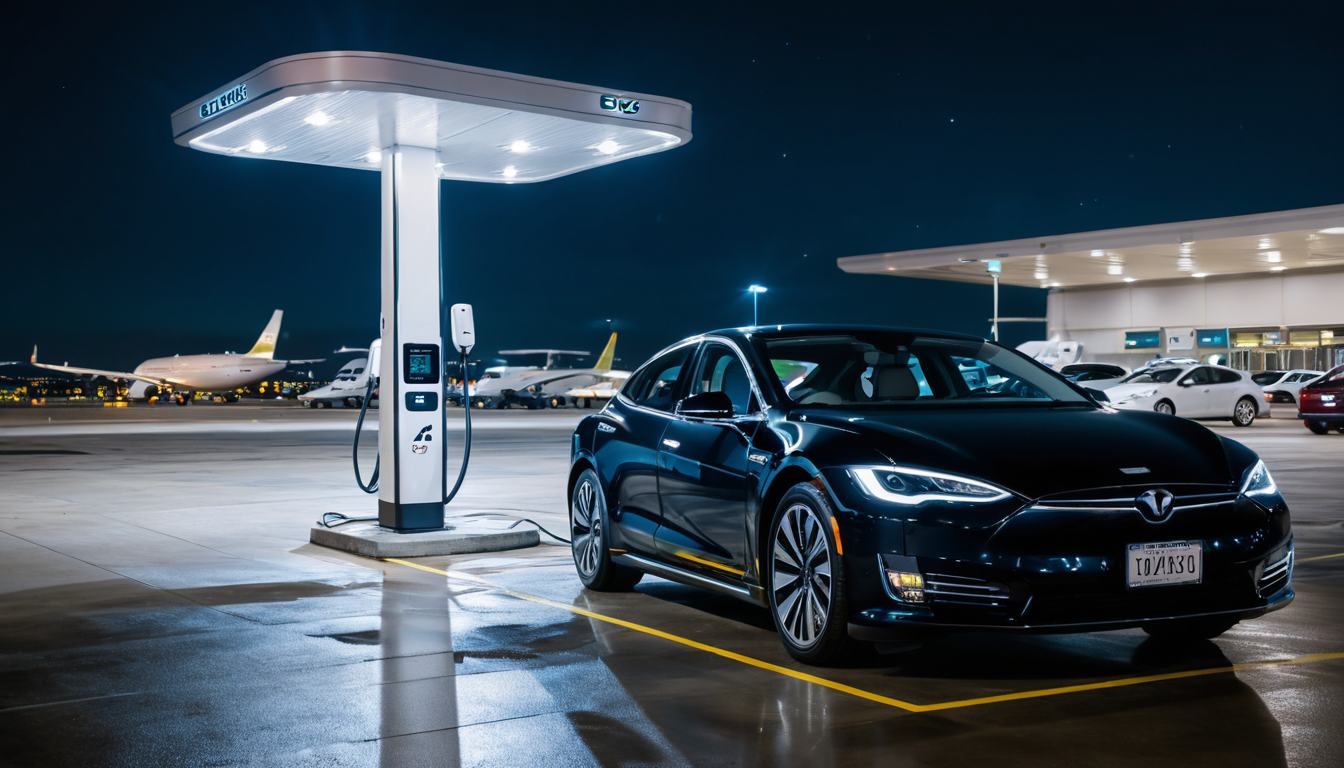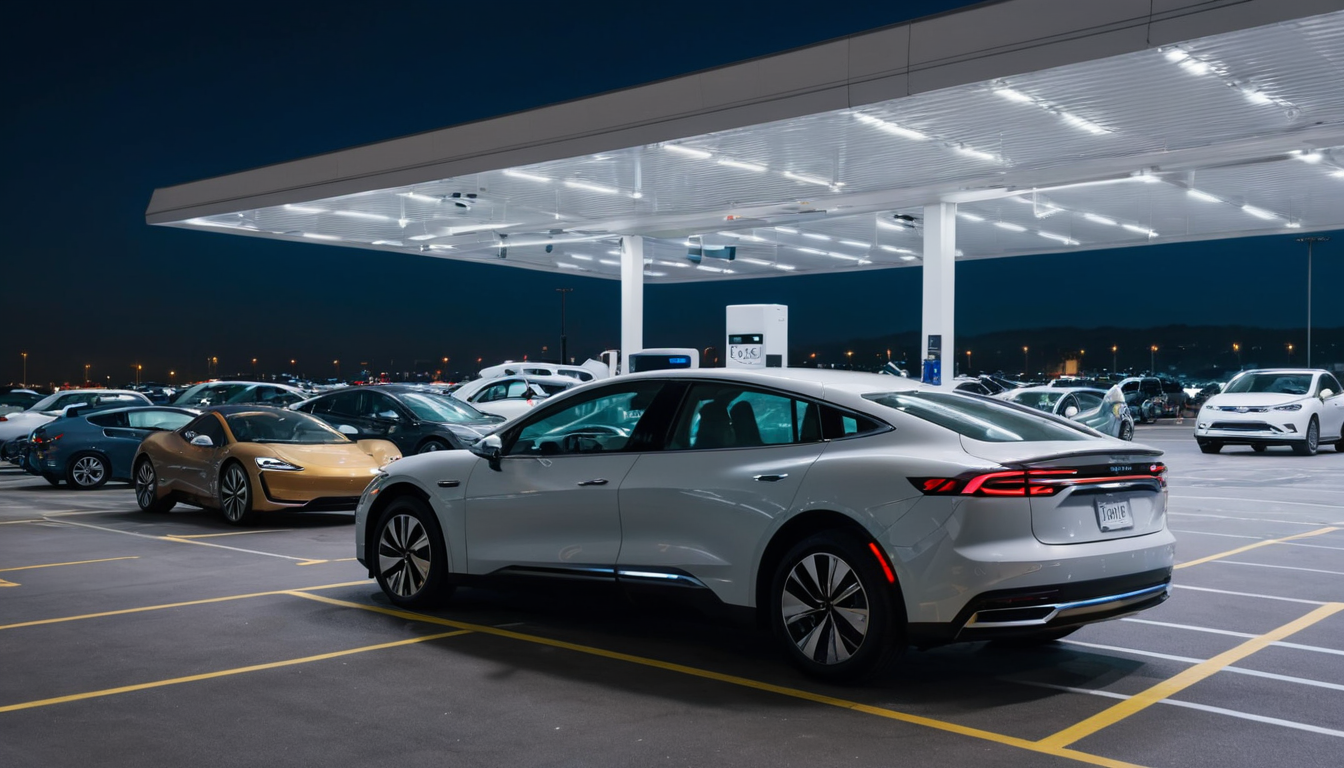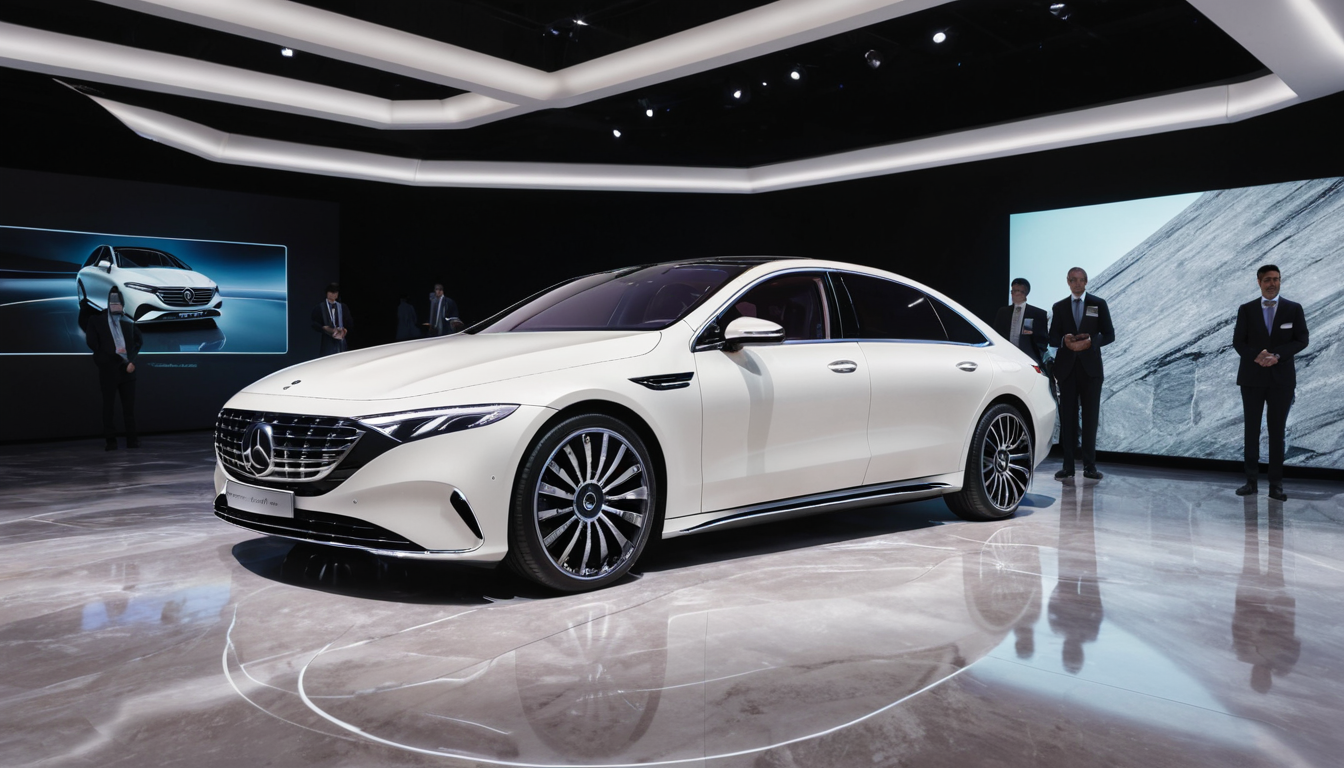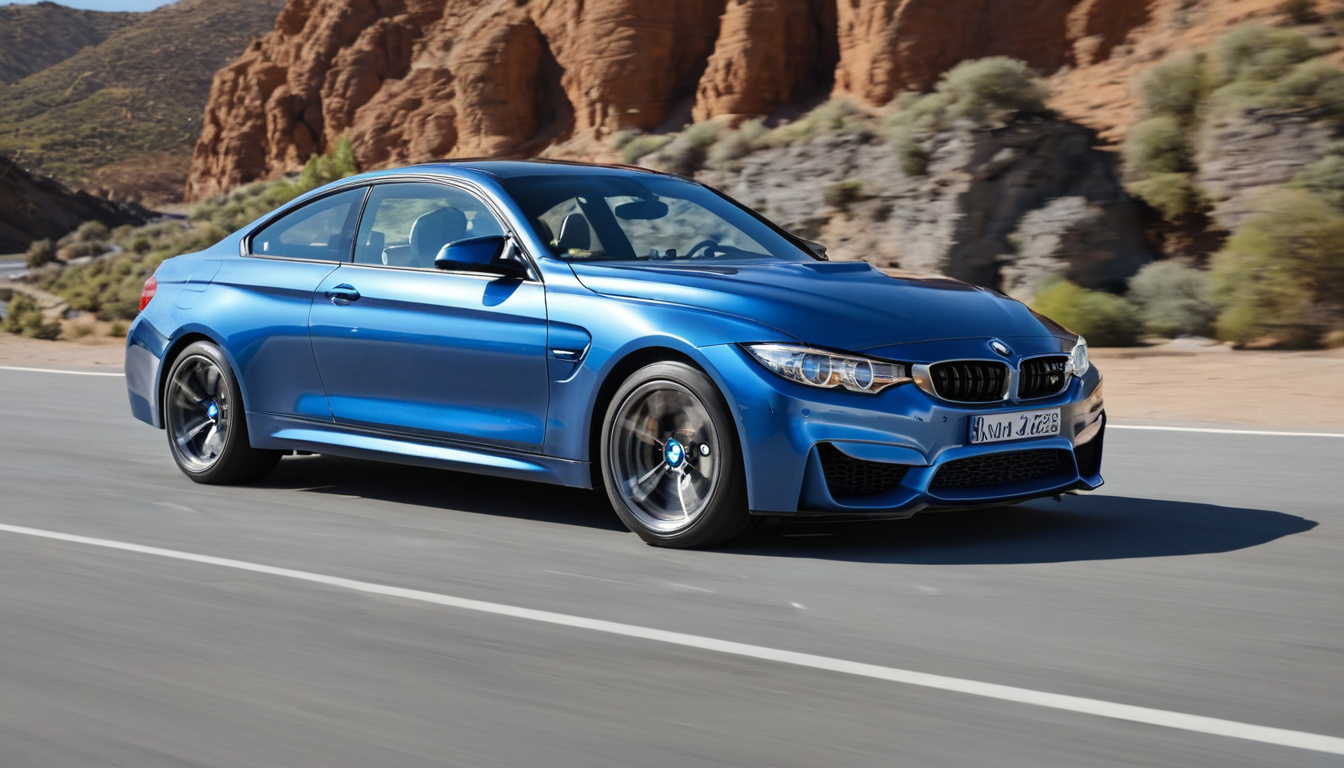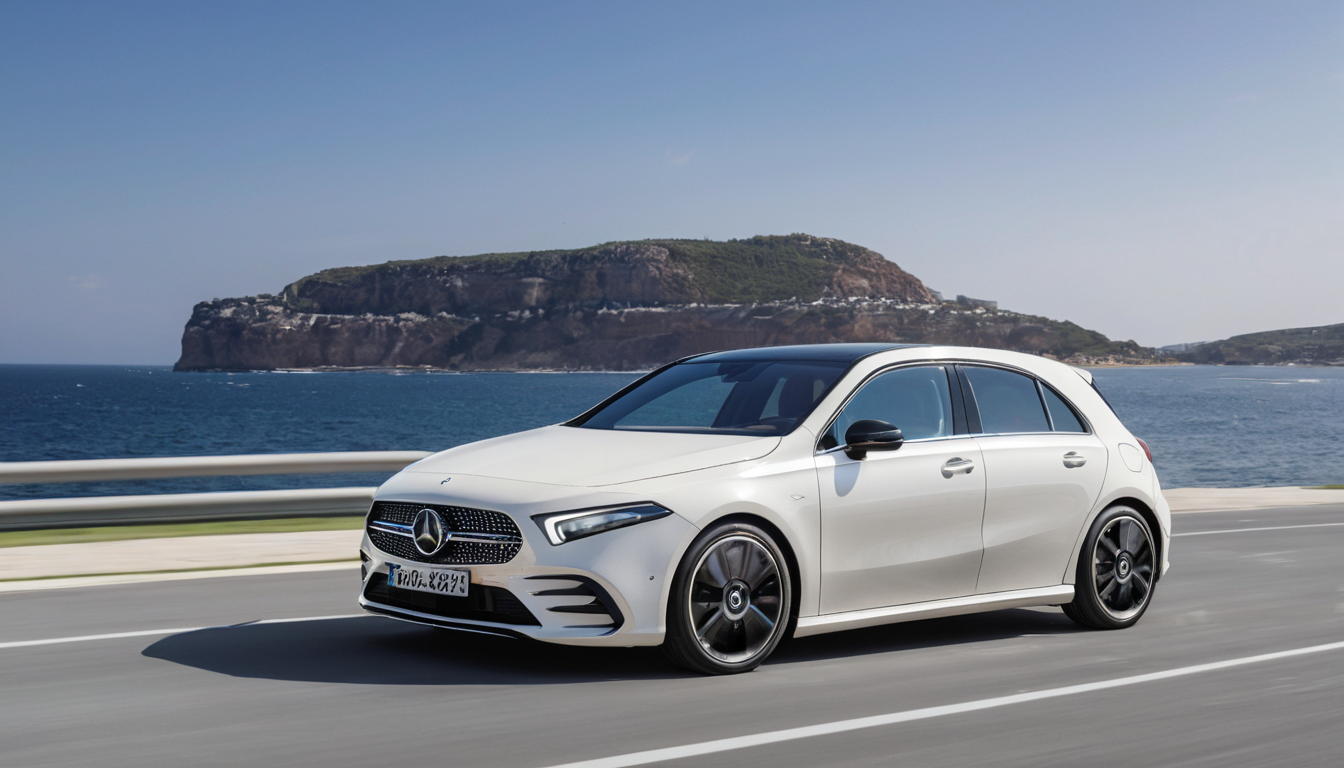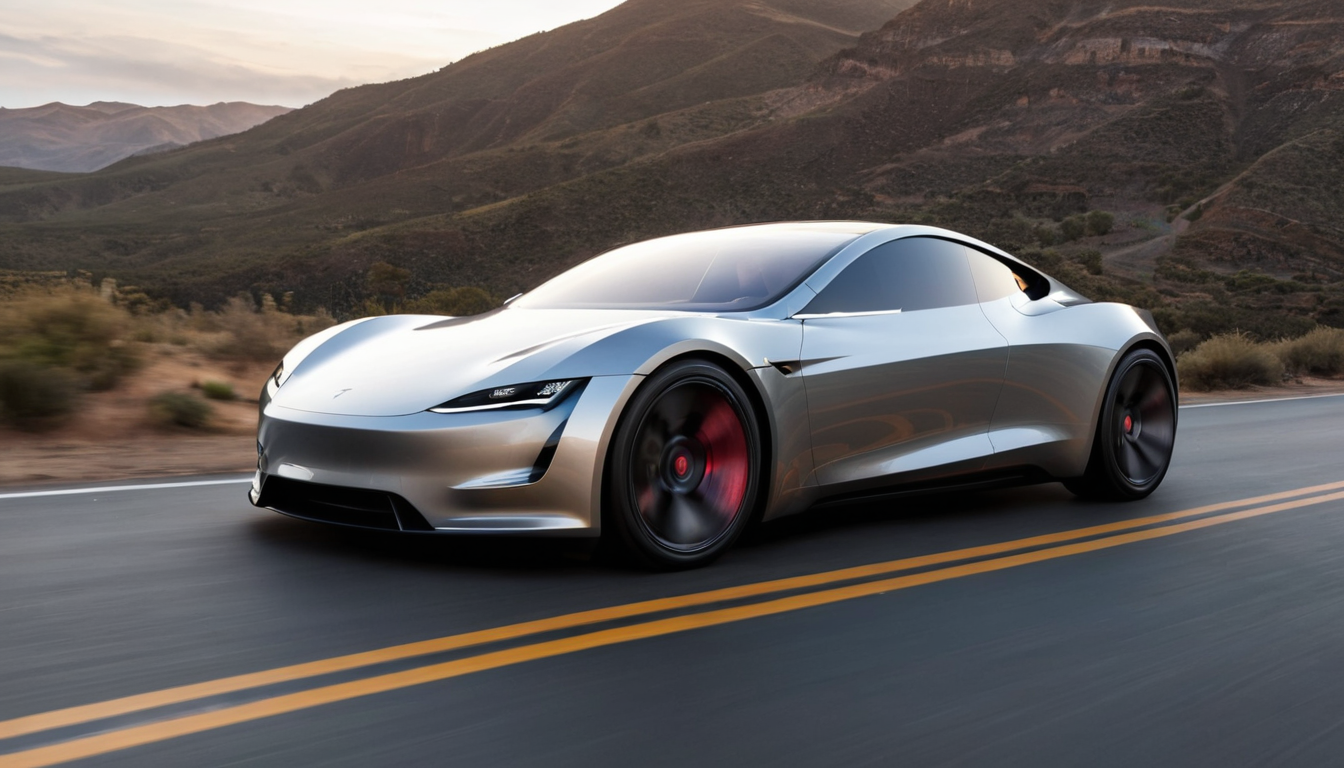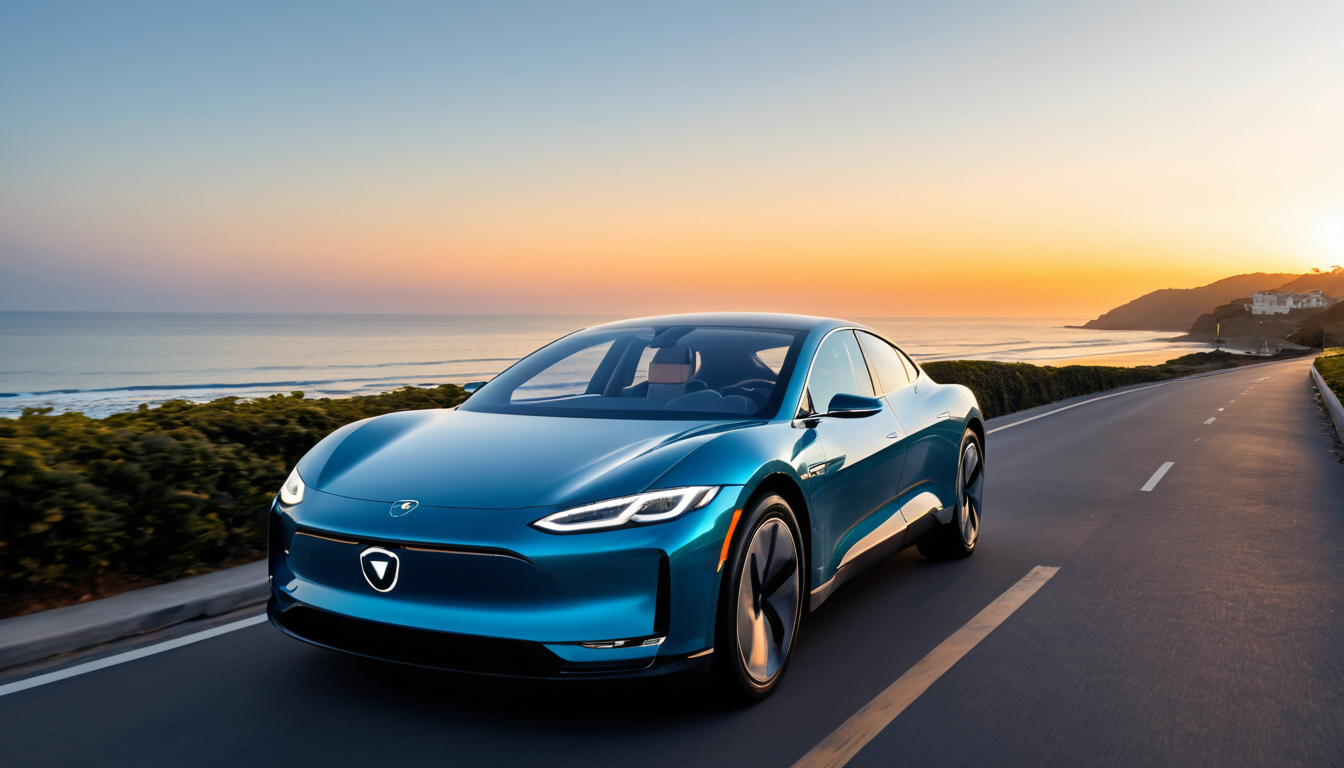Tesla has been at the forefront of autonomous vehicle technology, pushing boundaries with its Full Self-Driving (FSD) Beta program. While the dream of fully autonomous vehicles—cars that can navigate without human intervention—has captivated imaginations for decades, Tesla’s vision seems tantalizingly within reach. But how close are we to realizing true autonomy? In this article, we’ll examine Tesla’s progress with FSD Beta, its real-world performance, safety metrics, and how it stacks up against competitors in the race toward autonomous driving.
What is Tesla’s Full Self-Driving Beta?
Tesla’s FSD Beta is an advanced driver assistance system (ADAS) designed to enable a Tesla vehicle to navigate complex road environments with minimal input from the driver. Unlike basic autopilot features, which handle tasks like lane-keeping and adaptive cruise control, FSD Beta includes functionalities like:
- Autonomous navigation on city streets and highways
- Automatic lane changes
- Traffic light and stop sign recognition
- Automatic parking
- Summon feature, allowing the car to move to the driver’s location in parking lots
While these features sound impressive, it’s important to note that Tesla’s FSD Beta still requires driver supervision and doesn’t yet meet the industry’s standards for Level 4 or Level 5 autonomy, which signify full self-driving capability without human intervention.
Tesla’s Progress with FSD Beta
Tesla began rolling out FSD Beta in October 2020, offering early access to select drivers who met specific safety criteria. Since then, the program has undergone significant updates, improving its capabilities and expanding to more users globally.
Key Milestones in Tesla’s FSD Beta Development
- Improved Neural Network Architecture
Tesla’s FSD Beta relies heavily on its neural network, trained on vast amounts of data collected from Tesla vehicles worldwide. The company transitioned to a vision-only approach in 2021, removing radar sensors and focusing solely on cameras to interpret the driving environment. - Wide Release in 2023
After years of limited distribution, Tesla began offering FSD Beta to a broader audience, including drivers without high safety scores. This marked a pivotal step in scaling the technology. - Enhanced Real-World Performance
Recent updates to FSD Beta have significantly improved performance in handling complex scenarios, such as unprotected left turns, busy intersections, and multi-lane roundabouts. - Tesla Dojo Supercomputer
Tesla introduced the Dojo supercomputer to accelerate the training of its AI models, enabling faster iterations and potentially closing the gap between assisted driving and true autonomy.
Real-World Performance of Tesla’s FSD Beta
Strengths
- Sophisticated Vision Processing: Tesla’s vision-only approach has demonstrated remarkable abilities in detecting and responding to obstacles, pedestrians, and traffic signs.
- Continuous Improvement: FSD Beta updates occur regularly, often addressing user-reported issues. Tesla’s over-the-air updates ensure all vehicles benefit from the latest enhancements.
- Driver Engagement Metrics: Tesla’s in-cabin camera monitors driver attention to ensure they remain engaged, addressing safety concerns.
Weaknesses
- Edge Cases: FSD Beta sometimes struggles with rare or complex scenarios, such as poorly marked roads, erratic driver behavior, and unexpected construction zones.
- Human Intervention: Drivers often report needing to intervene during trips, highlighting that FSD Beta is far from achieving full autonomy.
- Regulatory Challenges: Tesla’s use of terms like “Full Self-Driving” has faced criticism from regulators and safety organizations, arguing it may mislead consumers about the system’s true capabilities.
Safety Metrics
Tesla has been transparent about its safety data, regularly publishing statistics comparing accidents with Autopilot or FSD Beta engaged versus traditional driving. As of 2024, Tesla claims significantly fewer accidents per million miles driven with FSD Beta active. However, these metrics are under scrutiny, as they don’t always account for confounding variables like road conditions and driver behavior.
How Does Tesla Compare to Competitors?
Tesla is not the only company pursuing autonomous driving. Here’s how FSD Beta stacks up against leading competitors like Waymo, Cruise, and others:
Waymo
- Strengths: Waymo, a subsidiary of Alphabet, operates a fleet of fully autonomous vehicles (Level 4) in select cities like Phoenix. Its sensor-rich approach, combining lidar, radar, and cameras, ensures high accuracy in diverse conditions.
- Limitations: Waymo’s reliance on pre-mapped areas restricts its scalability to new locations.
Cruise
- Strengths: Owned by General Motors, Cruise offers a fully autonomous ride-hailing service in cities like San Francisco. Its system is also heavily sensor-dependent, ensuring robust performance in urban environments.
- Limitations: Like Waymo, Cruise operates in geofenced areas, limiting flexibility.
Tesla
- Strengths: Tesla’s fleet of over 4 million vehicles provides a massive data advantage. Its vision-only approach makes it more scalable compared to lidar-dependent systems.
- Limitations: FSD Beta is still classified as Level 2 autonomy, lagging behind competitors like Waymo and Cruise in achieving true driverless functionality.
Challenges Facing Tesla’s FSD Beta
1. Regulatory Hurdles
Governments and safety organizations worldwide are cautious about approving autonomous systems for widespread use. Tesla’s marketing language, combined with mixed safety outcomes, has drawn scrutiny from regulators like the National Highway Traffic Safety Administration (NHTSA).
2. Technical Limitations
While Tesla’s vision-only approach is innovative, its reliance on cameras alone raises questions about performance in low-visibility conditions, such as heavy rain or fog.
3. Public Perception and Trust
Incidents involving Tesla’s FSD Beta, even if rare, can undermine public trust. For Tesla to achieve mainstream adoption, it must demonstrate reliability and safety beyond doubt.
What’s Next for Tesla and the Future of FSD?
Tesla CEO Elon Musk has repeatedly stated that true autonomy is “just around the corner,” though timelines have often been overly optimistic. Looking ahead, Tesla’s roadmap includes:
- Expanding Global Access: Tesla aims to make FSD Beta available to more regions, pending regulatory approval.
- Refining Edge Cases: Continuous updates will focus on reducing interventions in complex scenarios.
- Leveraging AI: With tools like the Dojo supercomputer, Tesla could significantly accelerate FSD development.
Are We Close to True Autonomy?
Tesla’s FSD Beta is an impressive step toward autonomy but still falls short of the industry’s ultimate goal. Achieving true autonomy requires overcoming technical, regulatory, and societal challenges. While Tesla’s rapid progress and large-scale data collection give it a competitive edge, it remains to be seen whether these advantages will translate into a fully autonomous future.
Final Thoughts
Tesla’s Full Self-Driving Beta represents both the promise and complexity of autonomous driving. As it continues to evolve, it offers a glimpse into a future where cars could navigate the world independently. However, until it achieves true autonomy, drivers must remain vigilant, recognizing FSD Beta as an advanced tool rather than a substitute for human oversight.
For further reading, check out these resources:
With innovation accelerating at breakneck speed, the road to full autonomy may be winding, but it’s undoubtedly an exciting journey. Tesla—and the automotive world—are just getting started.

